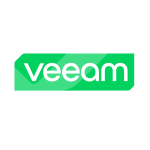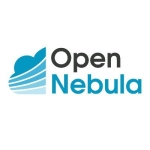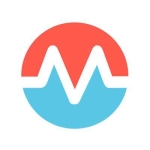The most valuable feature is the stress ratings of the different servers, with recommendations of how big a server should be. Being able to pull historical data is pretty nice too.
It's nicer for our customers, because if they say the server is slow, we can actually look and see if it really is slow or if it's their application, or figure out what's going on.
We mainly use it for memory and CPU performance monitoring and management; that is what we're most concerned with. It has helped speed things up. We've had a couple systems that people just accepted as being slow, until we got this tool and it started saying, "Hey, you need to give it more memory." We got in contact with the customer, increased the memory, and now it's great. In the past, the feeling was, "I don't know man. It's just your problem."
Out of, maybe, the 500 servers we have, it has helped about 20 of them, performance-wise.
We also like to use it for troubleshooting. Someone will say the server's slow, and it's nice to be able to give them the data to say, "No, it's not. The problem is somewhere else." I don't know how you would measure that. It's very helpful for that.
We use it for historical data and so on. We do have a couple of custom alarms, which are nice. We monitor things such as old snapshots and so on with it.
I'd like to see some more options with outage times, where you can set different parameters. It seems like you can only set one right now, so you have to make all these groups and do some workarounds. It would be nicer if they made that easier.
The maintenance windows items were kind of painful. Group management is a little cumbersome. I just really wish I could say, "I have outages four times a month, and this is what they are." Right now, you can only say, "I have one outage." In order to have more outages, I have to have four groups, each with different outages. It's a whole ordeal.
Dealing with the technical support the first time for that internal CA certificate, was quite painful. Once we figured it out, it was easy, but I kind of wish they had documentation on how to do it, rather than the solution being call technical support and they'll walk you through it. That's why I have not given it a higher rating.
It’s pretty stable. We haven't had any issues with it going down or anything. We just had minor GUI issues with it, but they got resolved.
I don't know about scalability. We only have one and it seems to be doing the job just fine.
Technical support was good. I'd give them 8 out of 10.
They wanted us to use it to try to track down some overprovisioned and underprovisioned servers. We've had a great relationship with VMware. They had a product so we grabbed it.
When selecting a vendor such as VMware, for me, the most important criteria is dealing with technical support, how good they are. If they're technical support is terrible, I won't be as eager to go with them. I also look at how stable the product is. If I never have to call tech support, then I'll totally buy all their stuff, but then, if I do have to call tech support, I want them to be good.
Initial setup was straightforward. The only issue we ran into was replacing the certificate on it with an internal certificate. It was pretty painful, but once I got support on the line, we figured it out.
We wanted to start with VM Ware. If it wasn't great, we would have moved on. It's been great.
It's a great tool. You should buy it.














